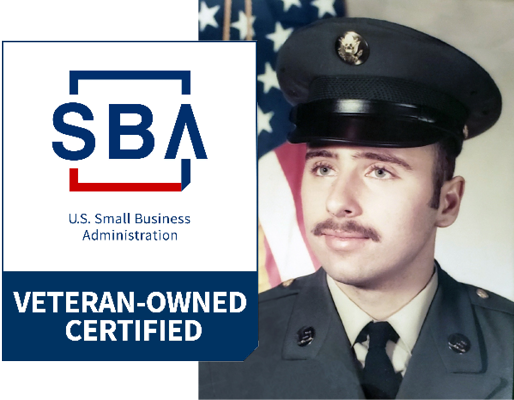

Glossary Of Terms
A B C D E F G H I J K L M N O P Q R S T U V W X Y Z #
Select the first letter of the word from the list above to jump to appropriate section of the glossary. If the term you are looking for starts with a digit or symbol, choose the '#' link.
- A -
abrasives
Gritty additives used to increase scouring ability. May scratch some surfaces in use.
absorption
The process by which one substance draws into itself another substance, i.e., water absorbed by a sponge. A process by which organic material is consumed by microorganisms.
acrylic
Basic polymer used in most floor finishes. It is water soluble and yields a durable, easy to apply coating.
aerosol
Common term used to refer to pressurized containers that dispense their contents as an extremely fine mist or liquid or solid particle, suspended in air.
- B -
bacteria
Single-celled microorganisms.
burnishing
Polishing through friction typically from high speed mechanical means using a polishing agent.
butyl cellosolve
A water soluble solvent widely used in cleaning compounds. Excellent water based degreasing agent.
- C -
chemical compound
The chemical association of two or more elements.
concentration
The amount of active ingredient in a product. Concentration may be calculated either by weight or by volume.
- D -
detergent
A chemical compound that reduces the surface tension of water, which promotes wetting and emulsification
diluent
Liquid (usually a solvent or water) used to make the product less concentrated.
dilution rate (or ratio)
Ratio of liquid to concentrate that ultimately yields the effective finished product desired.
disinfection
The process by which pathogenic (disease-causing) microorganisms are killed.
dispersant
Chemical that causes insoluble ingredients to be evenly distributed throughout a liquid.
- E -
emulsifier
Chemical, such as a surfactant, which allows oil to be mixed with water to form an emulsion.
emulsion
A mixture of two liquids which are not mixable with each other, where one liquid is finely dispersed in the other, i.e., oil in water or water in oil. Made possible by use of an emulsifier, typically a surfactant.
enzyme
Chemicals produced by bacteria that break down other chemical compounds into the most basic components.
- F -
fungicide
A chemical that kills fungus.
- G -
(empty)
- H -
(empty)
- I -
inert ingredient
An ingredient in a product which does not contribute to the products function.
- J -
(empty)
- K -
(empty)
- L -
lanolinEmollient derived from animal sources for high performance conditioning of skin.
- M -
microorganisms
Microscopic life forms that require energy, carbon, and small amounts of inorganic elements to grow and multiply.
msds
Material Safety Data Sheet. The same as an OSHA sheet. Standardized form containing all pertinent hazardous information for the use, storing, and handling of a chemical compound.
- N -
neutral solution
A solution that is neither acidic nor basic; a solution with pH 7.
- O -
OSHA
Occupational Safety and Health Administration. A U.S. Federal Government regulatory agency, concerned with workplace health and safety.
- P -
polymer
Styrene acrylate compound used as the backbone for many coatings and adhesives including resilient floor finishes.
ppm
Parts per million. One part per million equals 1 milligram per liter.
pH
>A relative measure of acidity and alkalinity in water solutions. Scale: 0-14, Key 1 = acid, 7 = neutral, 14 = alkaline. It is a term used to express the intensity of acidity-alkalinity at low values.
preventative maintenance
Scheduled inspection, and adjustment of equipment; often includes cleaning, treating and lubricating.
- Q -
(empty)
- R -
(empty)
- S -
solvent
A liquid that will dissolve a material to form a solution.
surfactant
Surface active agents. Used in a variety of applications including cleaning, emulsifying and reducing surface tension (making water wetter).
suspension
Finely divided particles mixed in a liquid, that do not settle.
synergism
The joint activity of two or more ingredients that is greater than the sum of their individual activities.
- T -
(empty)
- U -
urethane
Hard, crystalline plastic material that is the main component for concrete and wood sealers. Durable, clear, and hard when dry. Available in solvent and water bases and also in colors.
USDA
United States Department of Agriculture. The USDA controls and inspects red meat, poultry and rabbit processing plants. In that position, they control chemicals used in those plants. They also control the way those products are used.
- V -
virus
The causative agent of an infectious disease.
VOC
Volatile Organic Compound. Any substance or compound with a vapor pressure greater than one tenth millimeter of mercury.
- W -
wetting agent
A chemical that lowers the surface tension of water. See surfactant.
- X -
(empty)
- Y -
(empty)
- Z -
(empty)
- # -
(empty)
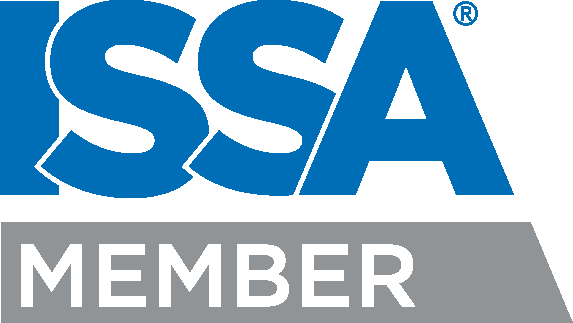

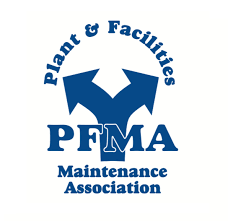
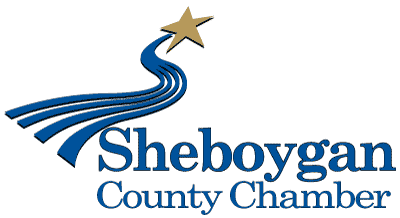
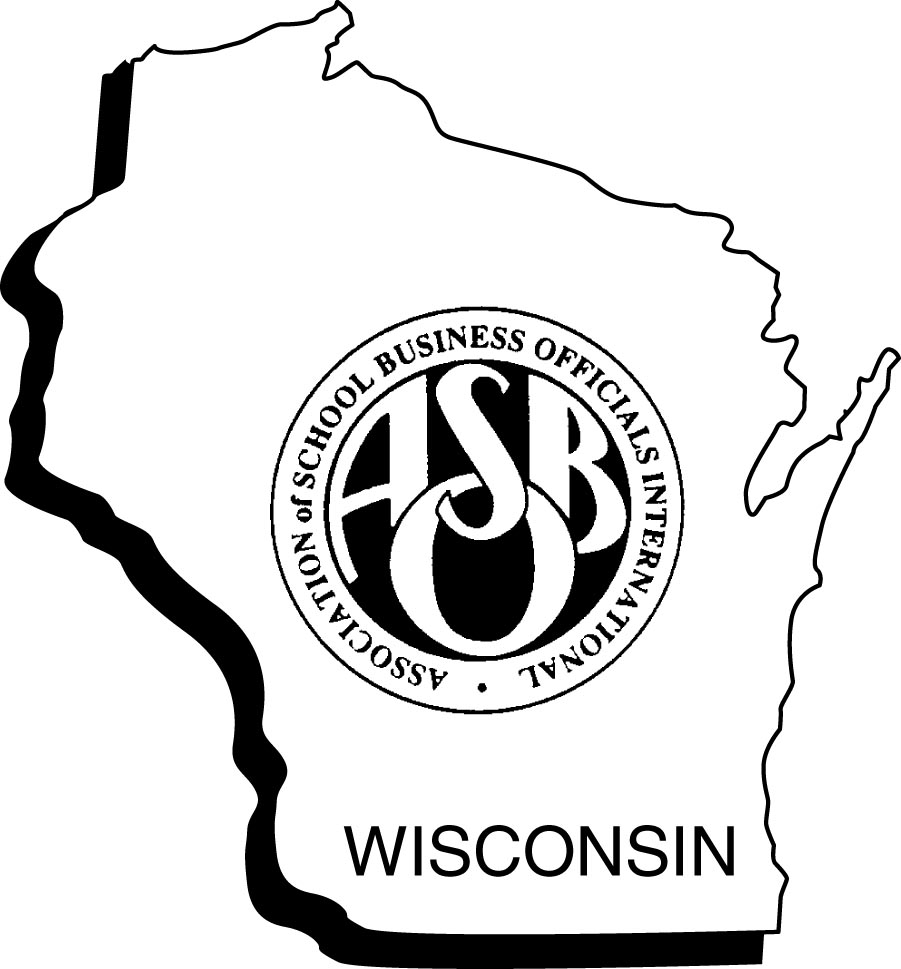


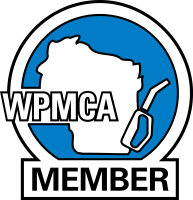








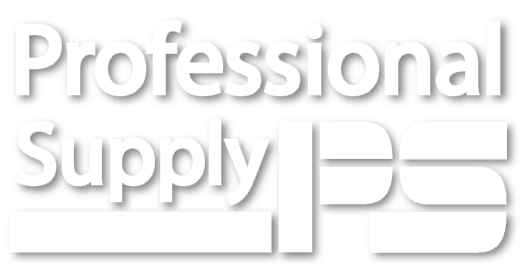
4828 Professional Dr.
Sheboygan, WI 53083
(800) 236-8675
(920) 565-4111
Fax: (920) 565-4100
